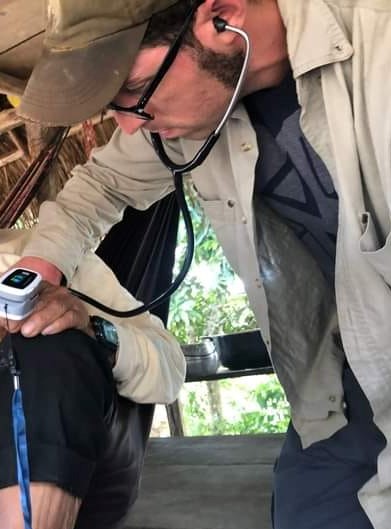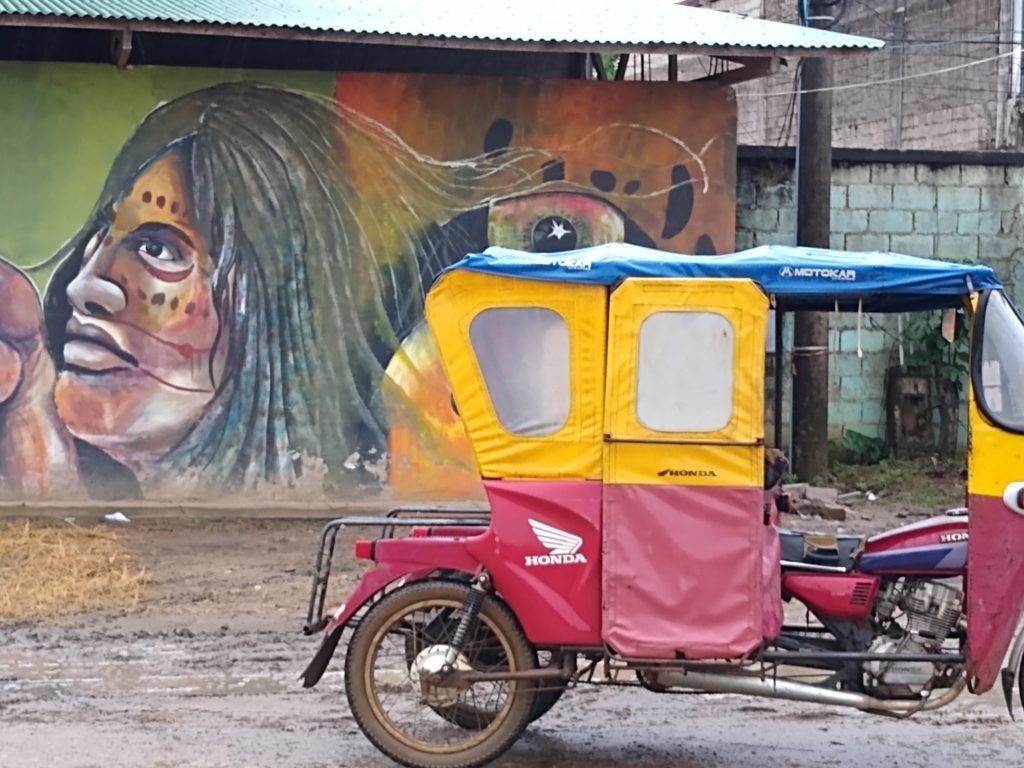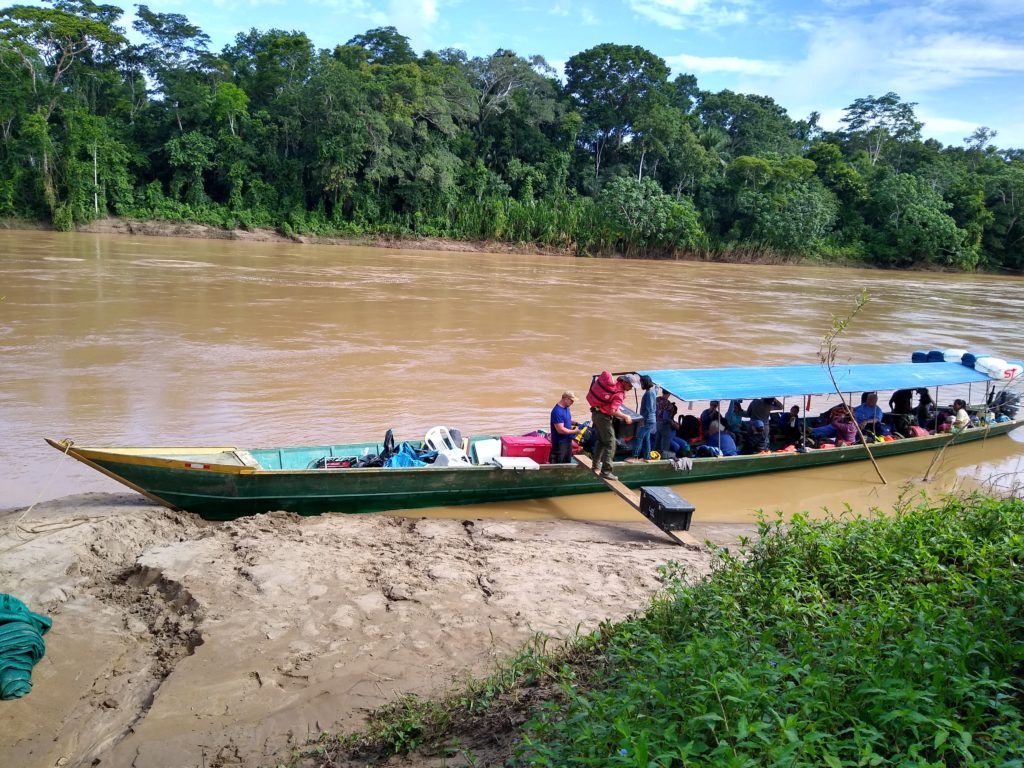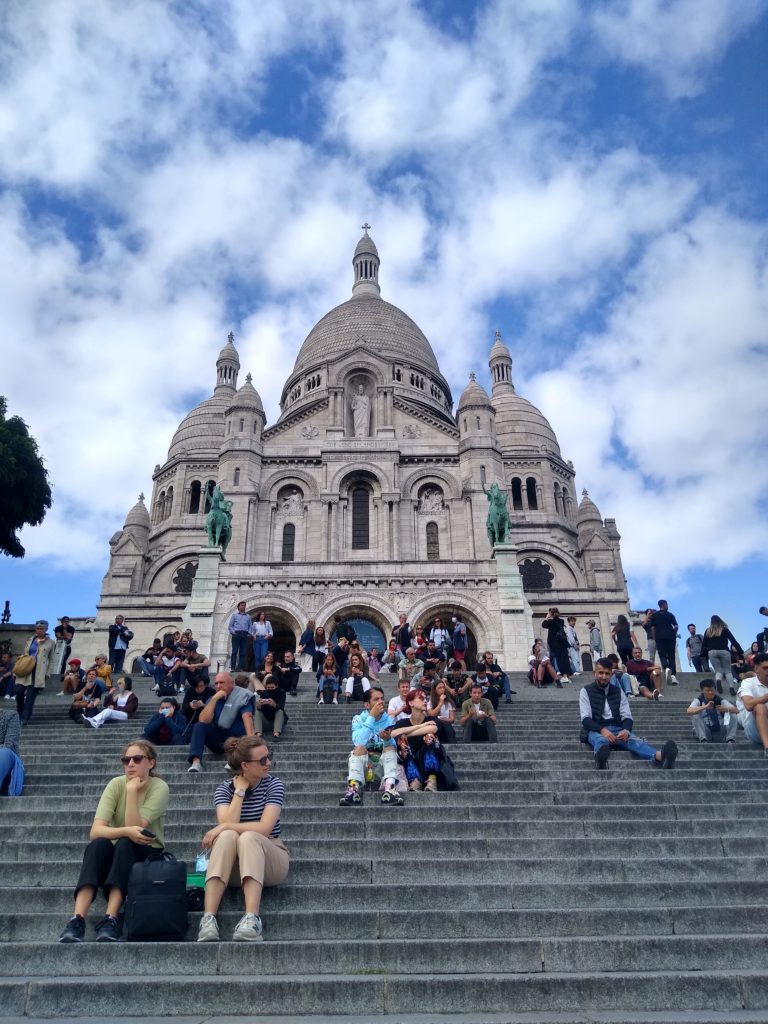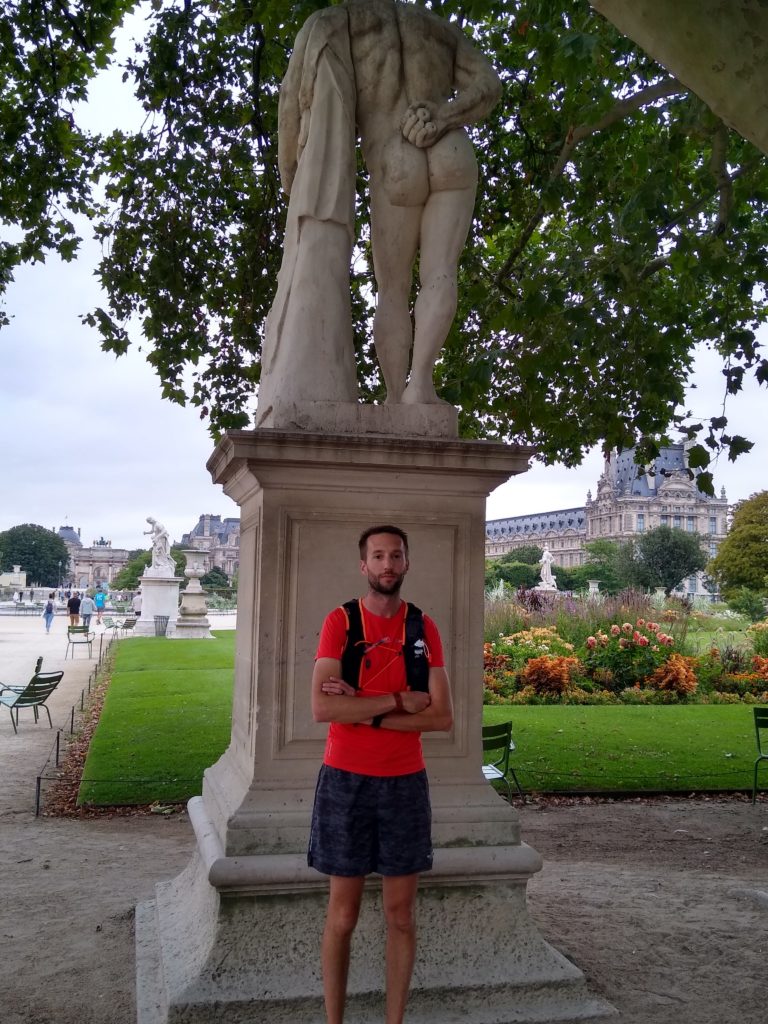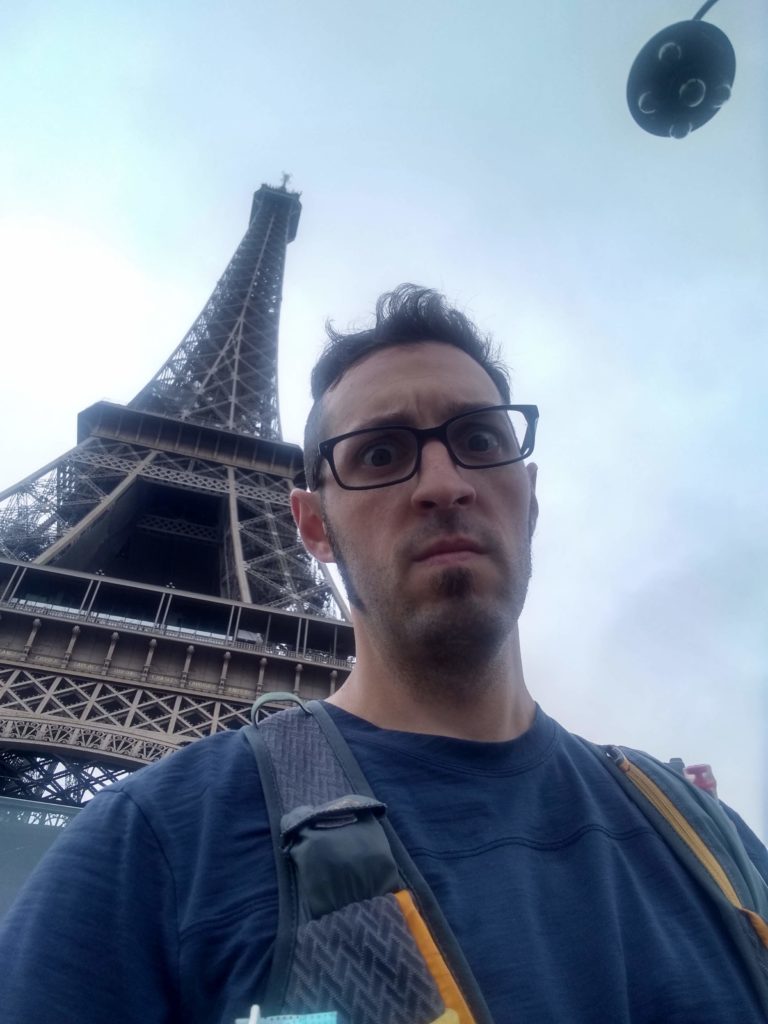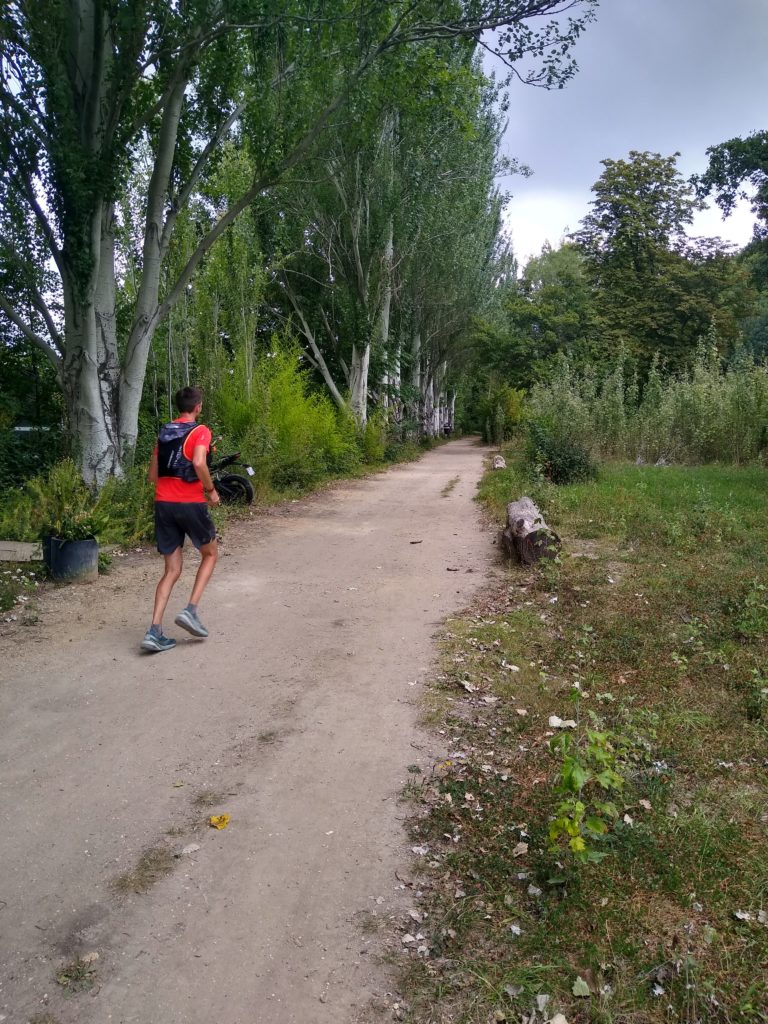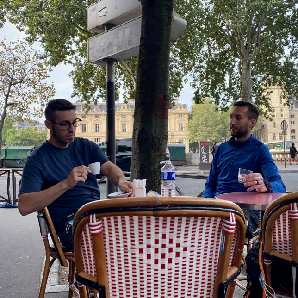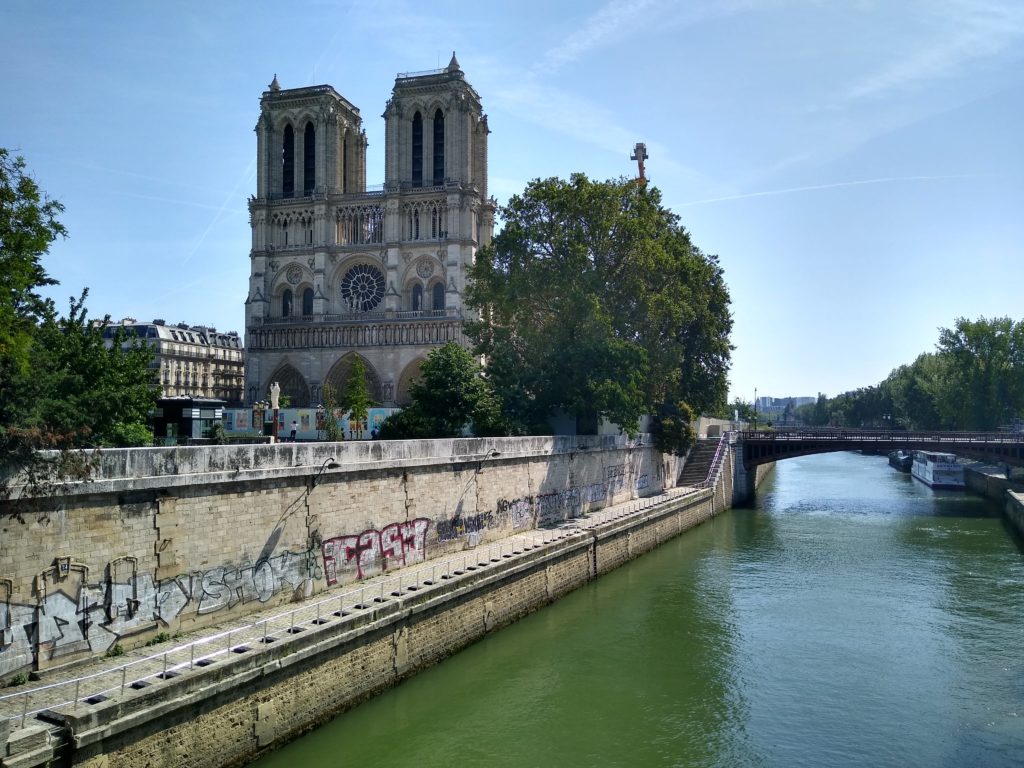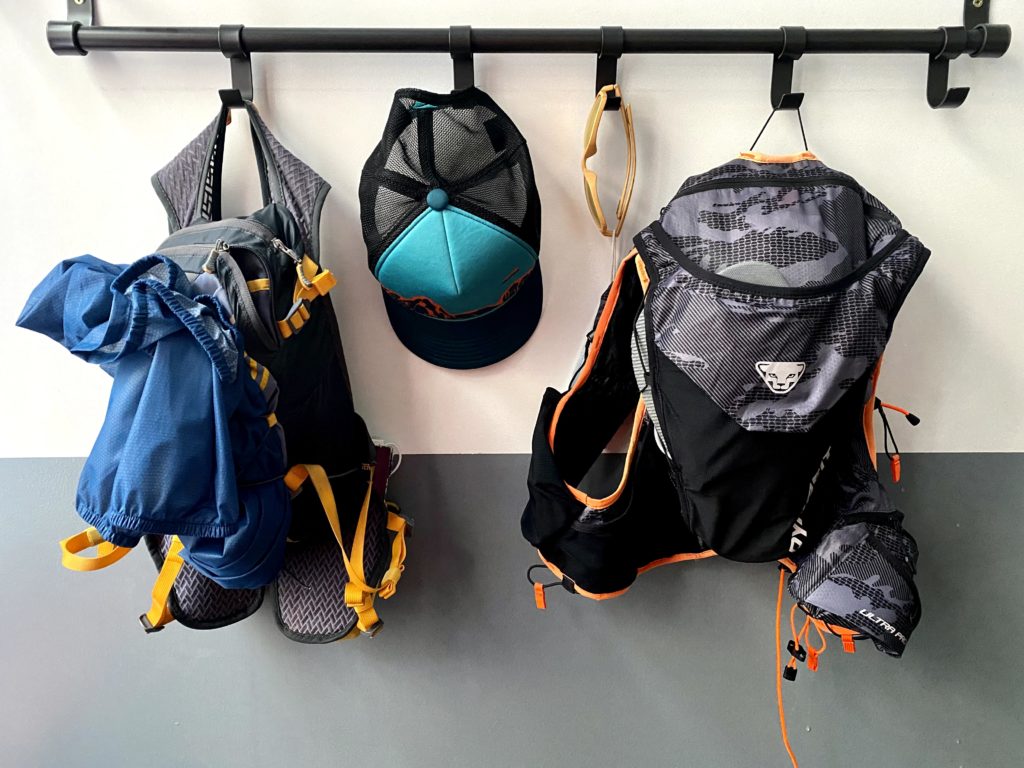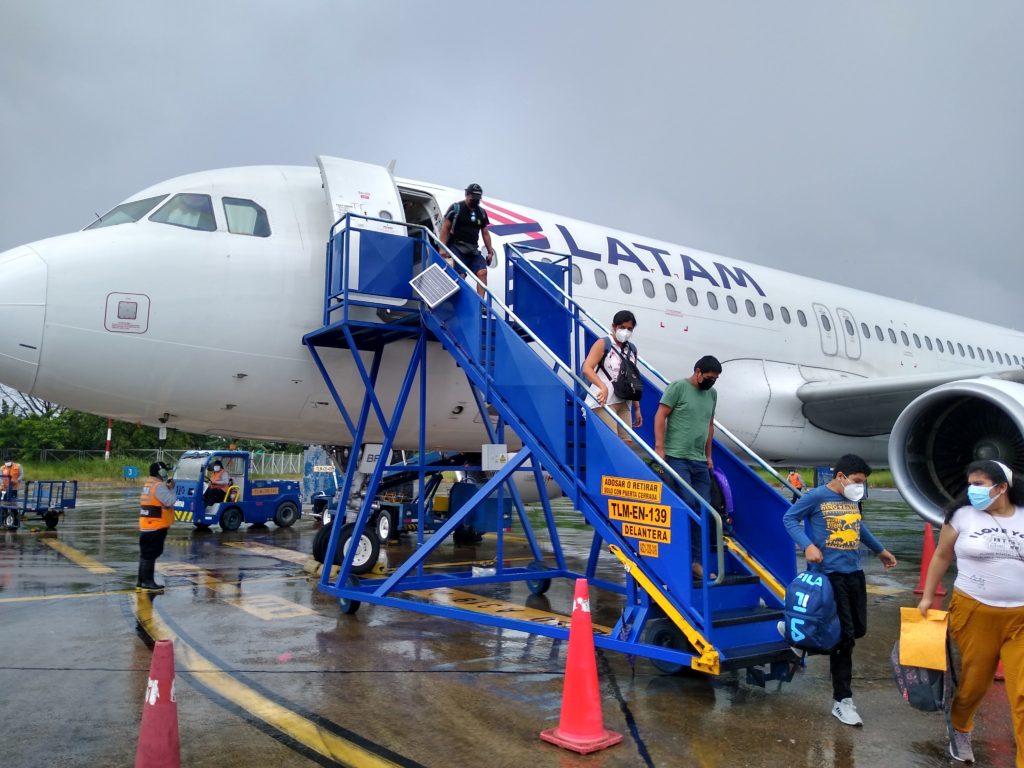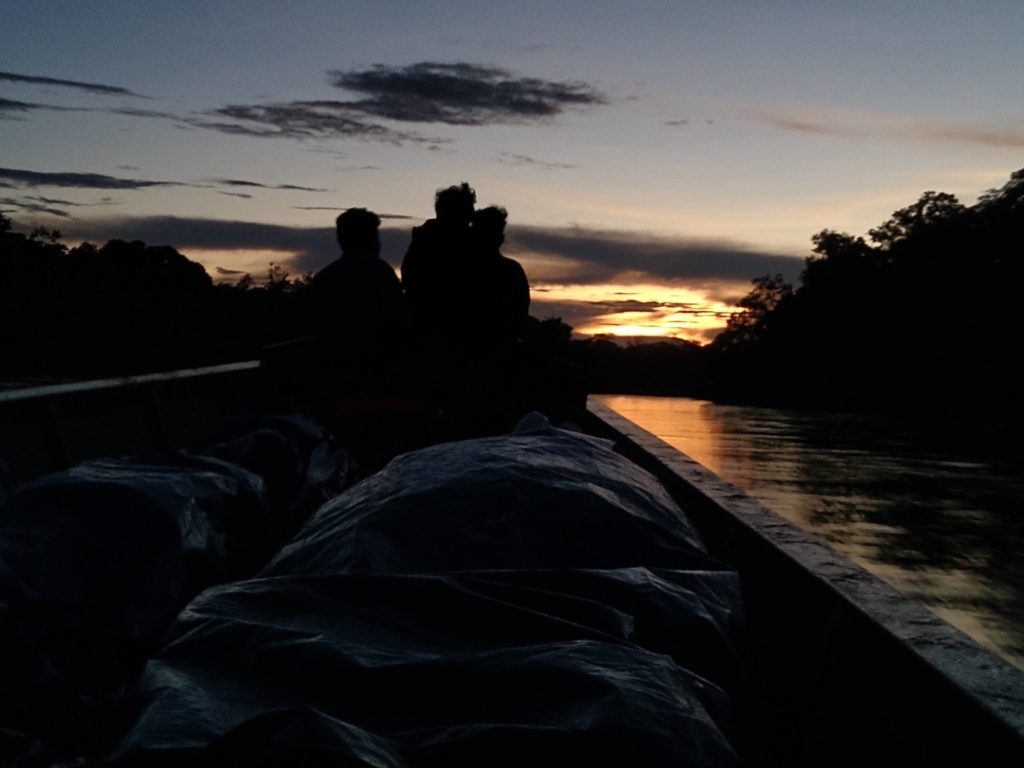
Travel Journal, 132
Back to Peru, part 4
I’m officially back in the States.
I hadn’t told a ton of people my plans to leave for Peru again at the beginning of August. If you’ve been following along for the past six months, then you know that we’ve had a doggone of a time trying to get approval to run our mobile clinics in the Peruvian jungle near Puerto Maldonado. The last thing I wanted was to tell the whole world that we were ready to roll with another medical campaign, only to have it fall through once more.
But as I stood in the airport in Brainerd, MN, I received a text and confirmation that the local government in Peru granted our medical permissions. This was just the first of many obstacles to overcome during this trip.
I participate in this medical campaign each year. And it is never easy. Our team this year included a physician, dentist, nurse, paramedic (yours truly), a physical therapist, the local missionaries, and a handful of non-medical personnel. Typically, we begin by prepping gear and medication. We load up into a long, canoe-like boat and host six clinics along the Las Piedras river. Our medical campaign takes around six days to complete. Cleanup takes around two days. All in all, it’s a push.
And this year, the obstacles to this mission were many. Probably the most tangible was the time of year.
We usually don’t do this trip during August. If you know anything about South America, you will know that it’s winter in August for the residents of Peru. This means less rain. And less rain means a low river. That’s why we generally go during February, when the river is high. The river can be perilous, with heaps of submerged trees and branches, and shallow sandbars. Our boat ride is long in February when the river is high. But when it’s low? It’s almost a dealbreaker. One of the Peruvians I know made the journey to Monte Salvado a few weeks ago and it took him six days—one way. Their boat motor was torn to shreds along the way and they had to camp along the river bank, waiting for help to come along.
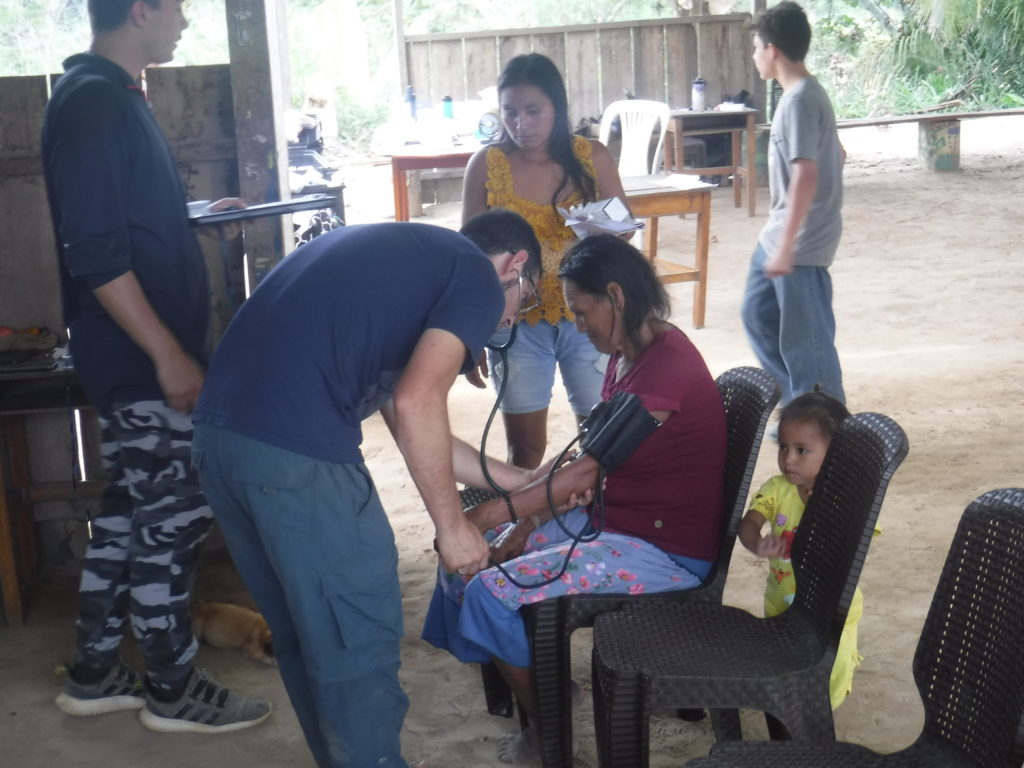
To matters worse, it’s not like there’s just a couple of us with a small bag each. Our team of 20 had roughly a thousand pounds of medical gear and other supplies. Our normal boat simply would not do. And to top it off, securing one boat this time of year is hard enough, not to mention getting two that would be willing to give it a go.
But that was exactly the plan. It seems as though I had the easy part of helping with organizing meds and prepping. The missionaries and local contacts went back and forth with boat drivers and owners until finally we were able to get passage secured.
Even with our team spread out into two boats, they both sat low in the water. I’m happy to say that we never had any big problems. Sure we had a couple of close ones. But we never lost a boat during the week.
Why go through all the trouble?
The Yine people live along the river near a kind of nature and tribal reservation. The further you go up the river, and away from Puerto Maldonado, the more remote. It all seems to culminate in a small village called Monte Salvado (best map on the internet). It lies 250ish miles away (by river) at the edge of nowhere. Or at least, nowhere most maps can take you. If you go to Google, the snake-like river peters out and simply disappears into a green blob of the Amazon basin.
We go there to bring medical care, medications, and to build relationships. But mostly, we’re there because Christ compels us, commands us, to make disciples of all nations. The local missionaries have spent years cultivating relationships and telling these people of the Good News of Christ. We bring the true medicine—the Great Physician Himself.
anthony forrest
Check out the rest of this series:

